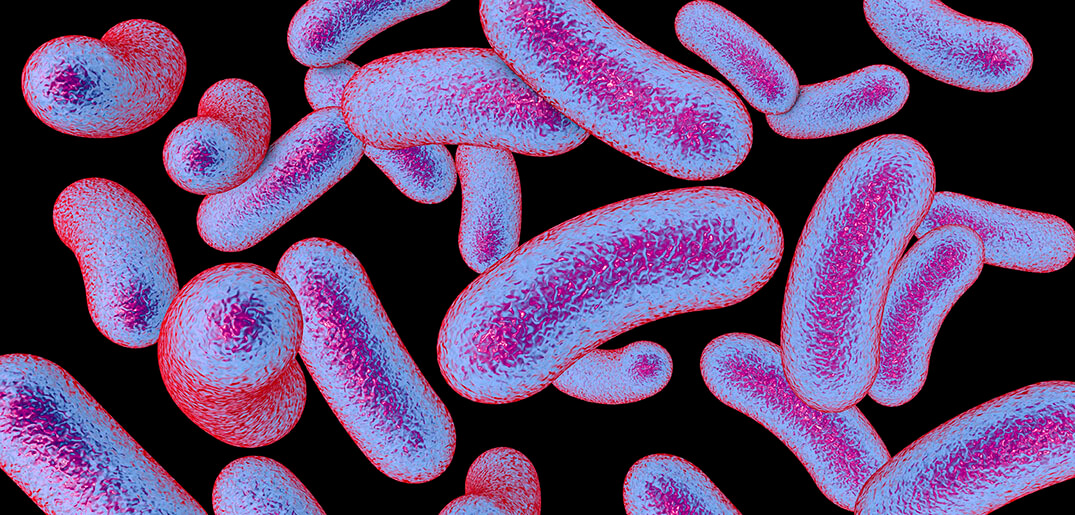Mycobacterium, which is also referred to as fish tuberculosis, is a disease caused by a specific bacterial group. The bacteria can be identified as environmental organisms which are free living, usually in the mud which collects near the bottom of ponds. Below is a detailed analysis of this condition and how to treat and prevent it.
What Are Mycobacteria?
Mycobacteria are best known to scientists as the smallest life forms that can perform self-replication. They differ from other bacteria in that they don’t have cell walls. There are 3 species that can be found within koi, and these are M smegmatus, Mycobacterium marinum and M. fortuitum.
Infection is usually accomplished by mouth, either when the fish feeds on substrate, or when they consume prey that is infected. Once the mycobacteria enter the body, they activate the fish’s inflammatory response. Additionally, abrasions and cuts can function as an infection doorway. Mycobacteria can reside in both salt and fresh water and when present in ponds can live for up to four days outside a host.
Symptoms
The kidneys and liver of the fish are usually infected, since these are active organs that have a prominent supply of blood. Granulomas can emerge inside these organs, and the infected material may then be transmitted from the kidneys into its urine, while the kidneys will gradually lose their ability to enable osmoregulation. In other words, the koi will develop a fluid buildup within their body cavity. Should the liver become infected, the mycobacteria will then invade the fish’s gall bladder and then move into the gut and bile to be removed from the body with feces.
The most visible symptoms however will be skin ulcers, which result from granulomas which grow inside the body wall muscles and then push outward. In severe cases, the brain of the fish may become infected, and the fish may behave abnormally as the buildup of fluid behind the eyes pushes them out of their sockets.
Treatment And Prevention
Unlike other bacterium, mycobacteria are highly resistant to the usual medications. Although some antibiotics have shown effectiveness, administering them is both costly and time consuming. Furthermore, the pond must be completely stripped and then carefully cleaned, which may include throwing away any decorations, plants or gravel that can’t be fully sterilized and cleaned. Mycobacteria is so dangerous that pond owns or veterinarians who attempt to treat it can themselves become infected, leading many to believe that any fish exposed should be put to sleep.
That being said, this is one of those diseases where prevention is the best option. First, any newly purchased fish should be placed in mandatory quarantine prior to placing them in the pond. Any fish already in the pond that display signs of sickness should immediately be isolated and studied. Another way to prevent fish tuberculosis is through the usage of KoiZyme. Studies have also shown that mycobacteria can also infect fish as the result of food that is improperly pasteurized.


 Blog
Blog



